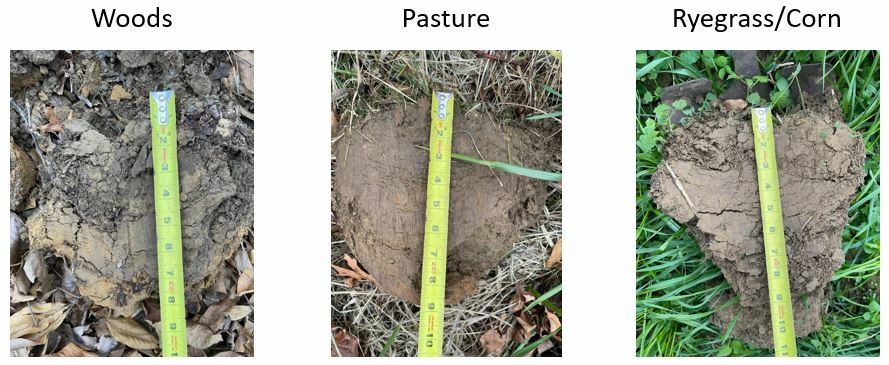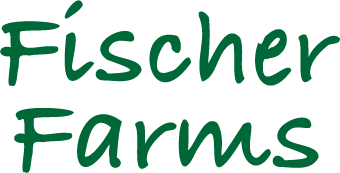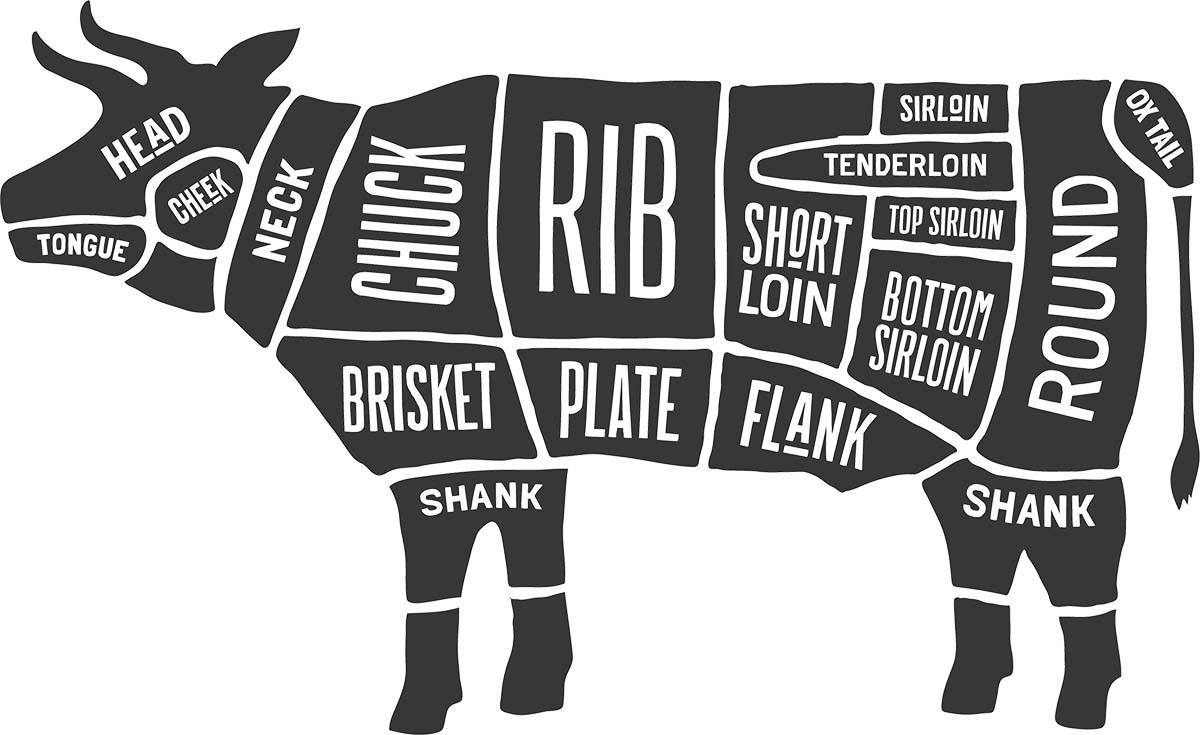Soil Profiles
posted on
November 18, 2022
We often have farm tours for a variety of audiences (customers, universities, ag agencies, etc.). One of our favorite things to do when we have tours is to visually show the impact we are making in soil health. It's one thing to say that you're adding topsoil and improving soil health, but it's always more impactful to get out there and dig in the dirt to visually show the difference.
Often, we hear that planting trees and converting land back to forest and trees is the key to carbon capture. While we completely agree that trees are better than concrete and development, we feel strongly that responsibly managed fields with cattle can have a much bigger impact!
Woods: The picture on the left is taken from the woods on our farm. From our understanding, this has been woods for forever. The Fischers have never farmed this field since the Civil War so our assumption is that it has been in woods for tens of thousands of years (likely longer). You can see that there is great topsoil in the top few inches, but quickly turns to subsoil and eventually fragipan. This is likely due to the fact that a lot of the captured carbon stays in the trunk of the tree. That is great as long as the tree continues living or if the wood is harvested for lumber. Fallen leaves and decaying trees have lots of carbon in them but when they sit on the ground and decay, much of this carbon leaches back into the air.
Pasture: The next picture shows a field that has been in pasture for a while. You'll see that the color of the ground is much better due to the higher levels of organic matter and the topsoil is significantly deeper than in the woods. This is what we would call "regular regenerative agriculture practices". Making a big impact on capturing carbon and keeping it in the soil via rotational grazing, strong root growth, and consistent ground coverage (not tilled or left without cover crops like row crop fields).
Ryegrass/Corn: The far right picture of ryegrass/corn is the Fischer Farms regenerative agriculture model which is actually even more impactful than "regular" regenerative agriculture. Both ryegrass and corn are super speedy growers during their optimal growing seasons. Which is an important factor. We always want the best forages for the best times of years on the fields. That results in the maximum carbon capture both above ground and below ground. By purposely rotating these fields at very specific times of year, we can accelerate carbon capture even faster than what most say is possible. And the proof is in the pics!
If you'd like to come "dig in the dirt" with us. You're more than welcome to - just let us know when works best for you and we would love to have you!




